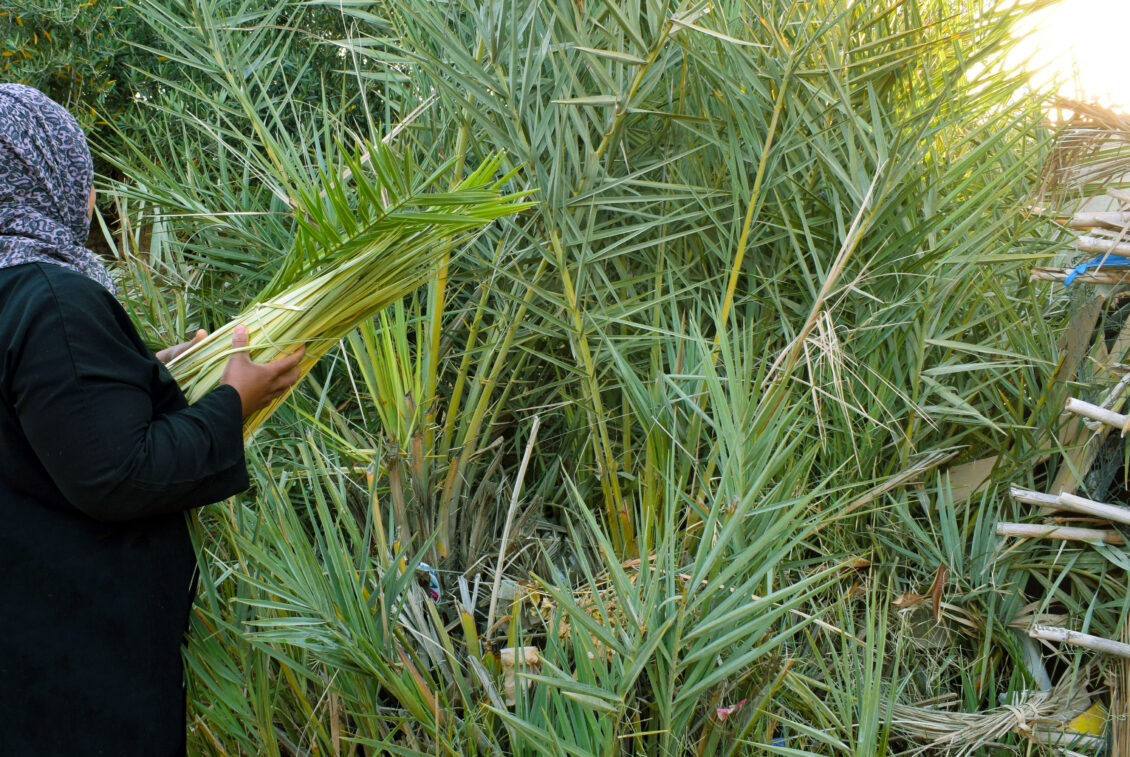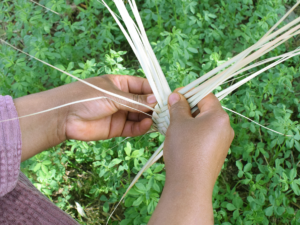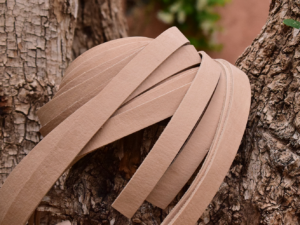
A journey through the traditional art of marshmallow in Morocco in materials, doum, and palm leaf
Basketry in Morocco is a handicraft of exceptional richness and depth, combining utility and aesthetics.
This art is not only an expression of Moroccan culture and identity, but it also plays a crucial role in the local economy of many communities.
In this blog, we are going to explore some traditional materials used in Moroccan basketryand in our handicraft activity, namely doum and palm leaf.
The Origins: A Gift of Nature
The history of palm leaf baskets in Morocco dates back to ancient times, when the inhabitants discovered the multiple uses of date palm trees. The wide and flexible leaves of these trees have proved to be ideal for drawing baskets, nuts, and even decorative objects.
1. The Doum: The Palm of the Desert
The doum, or doum palm, is a variety of palm trees whose leaves are used to make various handicrafts. This palm tree is resistant to arid climates, making it valuable for the population of the desert region of Morocco.
Doom leaves are harvested, dried, and then soaked to gain flexibility before being torn. They are truncated to create baskets, hats, etc.
The art of doum trimming is often a know-how passed on from generation to generation, with each region having its own patterns and techniques, and each piece tells a story of survival and adaptation to the harsh desert conditions.
2. The Palm Leaf
The palm leaves, especially those of the date palm tree, are another important resource for the Marrakchi basketry. Like the dummy, they are harvested and dried.
Palm leaves are often used to make items such as cushions, suspensions, and decorative items. This material is highly appreciated for its durability and its ability to be truncated into products that are well resistant to everyday wear.
3. The Cultural and Economic Impact
Basketry is a pillar of Moroccan cultural identity and an economic engine for rural areas. The local and international markets for vinery products support our artisans and contribute to the preservation of this traditional craftsmanship. Furthermore, Basketry plays a key role in promoting cultural tourism, attracting visitors from all over the world eager to discover and support local art.
Conclusion
Moroccan vinery, with its inherited techniques and natural materials such as doum and palm leaf, is a living testimony to the richness of Morocco’s culture.




